“And today we are talking about a slippery sucker pup that has more than 15 ways to get out of danger.”
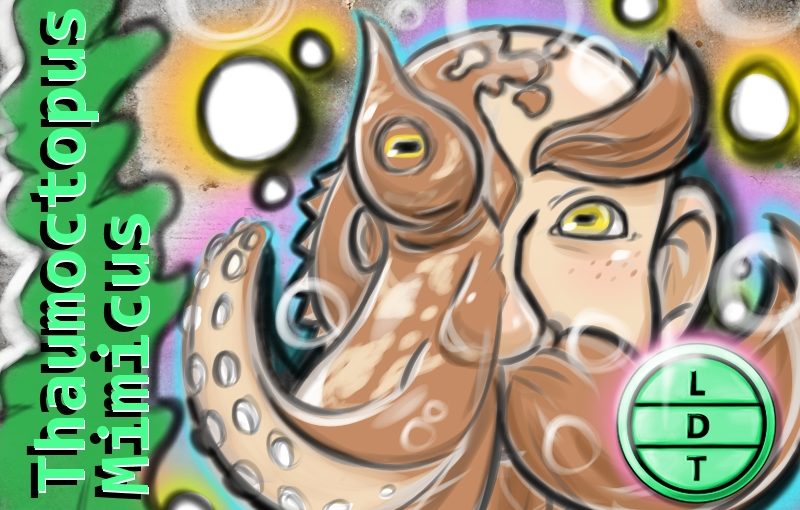
“And today we are talking about a slippery sucker pup that has more than 15 ways to get out of danger.”
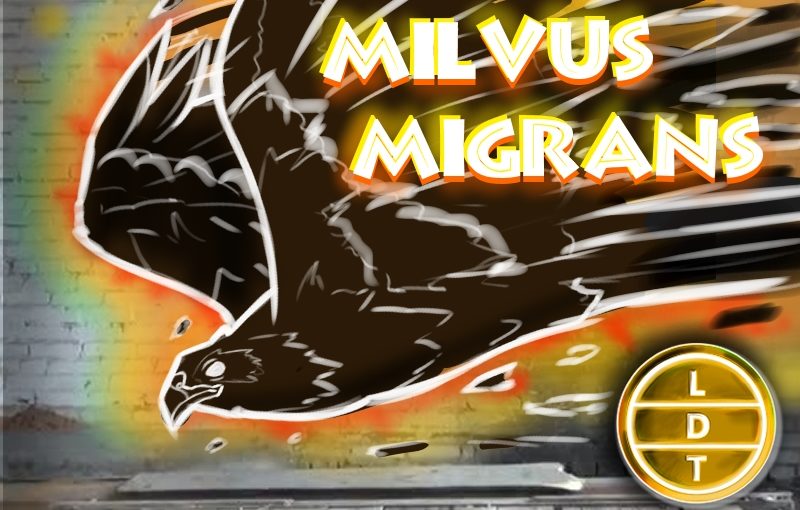
“And today we are talking about a bird that is a harbinger of doom and destruction. But more on that later.”
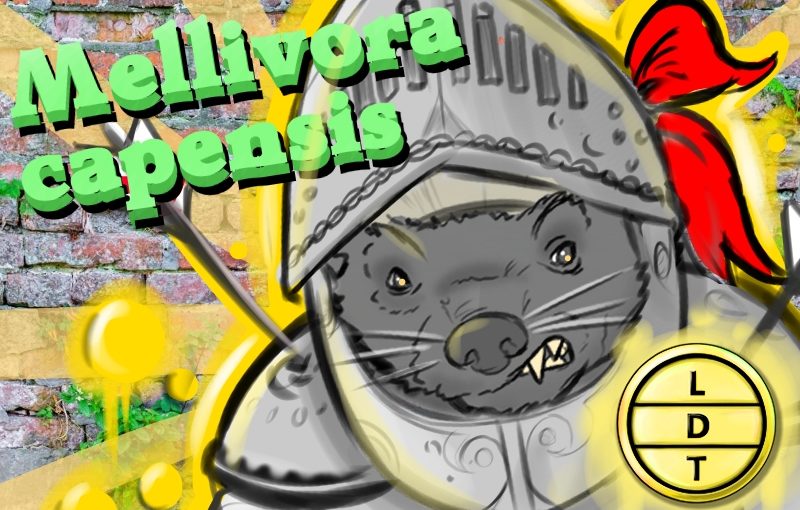
“And today we’re talking about the John Wick of weasels and like John Wick, you just don’t want to get in it’s way. But more on that later.”
The plains of sub-Saharan Africa are a dangerous place for mid- to smallish-sized mammals. There are lots of predators that want to make a meal out of you and your posterity. For the honey badger, there is no middle ground—it’s all or nothing. Don’t let its dame fool you, the badger is always ready to put up its dukes and fight to the death with anything that rubs it the wrong way. To be this aggro, the honey badger needs to have some interesting tools in its survival kit that can only be described here in Life Death and Taxonomy.
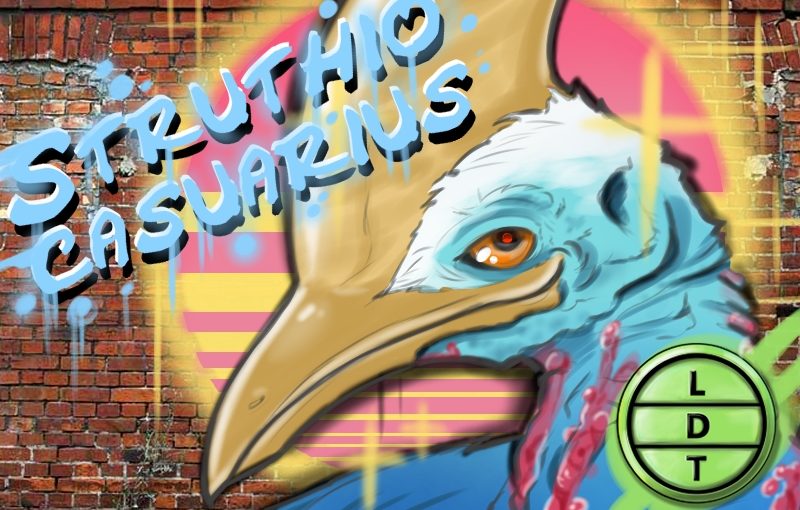
“…and today we’re talking about what is called the most dangerous bird in the world. But more on the truth of that later.”
We often think of birds as benign, graceful creatures, alighting on the forefingers of princesses and singing songs to one another as the sun crests the horizon. When in danger, these skittish creatures take to the air and find safety in the sky or even a tall tree. But not every bird is so gentle. And not every bird flees from a fight. One bird breaks the cultural standards of birdliness and kicks elegance to the curb. But strength and aggression is often a path to survival in Life, Death, and Taxonomy.

“And today we’re talking about a crustacean whose name sounds like an old-timey insult. ‘Hey, get back here you tongue-eating louse and I’ll give you what for!’”
Have you ever loaded your family into a big RV and taken to the open road? One undersea crustacean does something similar with its family. Only instead of the open road it’s the open ocean, and instead of a large and luxurious Winnebago, it’s a northern red snapper. It’s a big ocean for a small arthropod and hitching a ride on a wayward fish can really help them get around. But here’s the catch: they have to do something that borders on the grotesque and oceanesque to fill their bellies during their nautical adventures. But sometimes survival requires a sea parasite to get gross and gauche in Life, Death, and Taxonomy.
Thanks to Oh No Lit Class for the use of the intro Joke grotesque and oceanesque of their mini show Study Breaks!
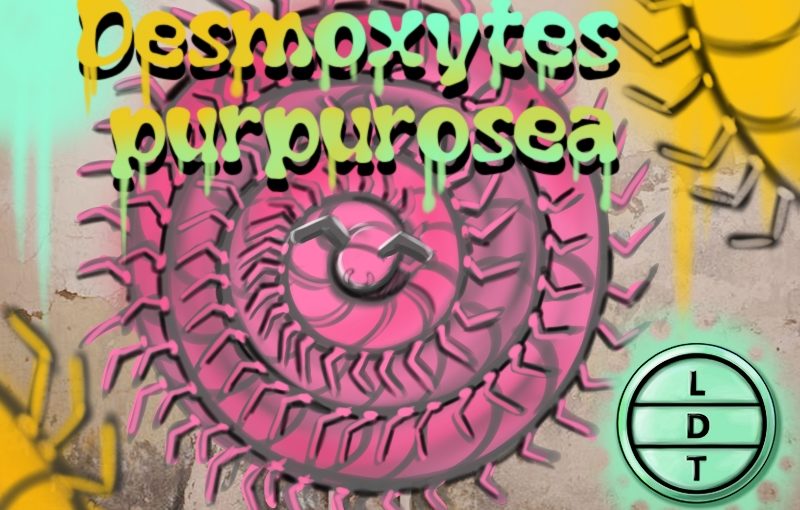
“…and today we’re talking about an animal whose name is click bait and what they smell like will shock you! But more on that later.”
When traipsing along the Mekong in Southeast Asia, you may smell the delicious scent of almonds wafting on the stagnant, humid air. While this may seem like a decadent oasis in a dangerous jungle, use caution! That almond smell may be coming from a small but deadly arthropod on the shore. The dragon millipede is a tasty treat for the jungle’s many voracious predators. So, in order to survive, it needs to cook up a fragrance that will knock ‘em dead here in Life, Death and Taxonomy.

“…And today we are talking about a slimy tube that has a vague resemblance to a nasty appendage that might shoot out of an alien at Sigourney Weaver. But more on that whenever you get a chance to look up a picture.”
Life in the mud isn’t glamorous, but, like Arnold’s character in Predator, it can make you incredibly elusive. One order of amphibians has a subterranean lifestyle that causes them to be so rarely seen, they can be difficult to study. However, researchers have unearthed a few of their secrets and what they found has made this small order of amphibia some of the strangest kids in class. But underground and offbeat are exactly the kind of creatures we’re after on Life, Death, and Taxonomy.

“…and today we’re talking about a huge reptile that has a Salt Life bumper sticker and really isn’t into the time honored reptilian tradition of basking in the sun.”
Just like little kids at the fair, we love turtles. They’re armored, they’re scaly, and they take life slowly. However, the leatherback sea turtle takes turtleness to a different level. Down below the photic zone, a reptilian tank the size of a volkswagen beetle flies through the water eating jellyfish along its path. Since other turtles wouldn’t be able to survive at these depths, the leatherback can’t let the pressure take any skin off its back here in Life Death and Taxonomy.

“…and today we’re talking about a pupper who’s not a pupper at all. But more on that in like a minute.”
The top dog isn’t always an alpha male. In fact, it isn’t even always a dog. All kinds of animals survive by forming social bonds and working as a team, but sometimes survival requires a feminine touch, and sometimes that touch is actually a bone crushing bite. The predators that prowl the African Savannah are in for some tough competition, but the winners get more than a trophy. They get to continue on in Life, Death, and Taxonomy.
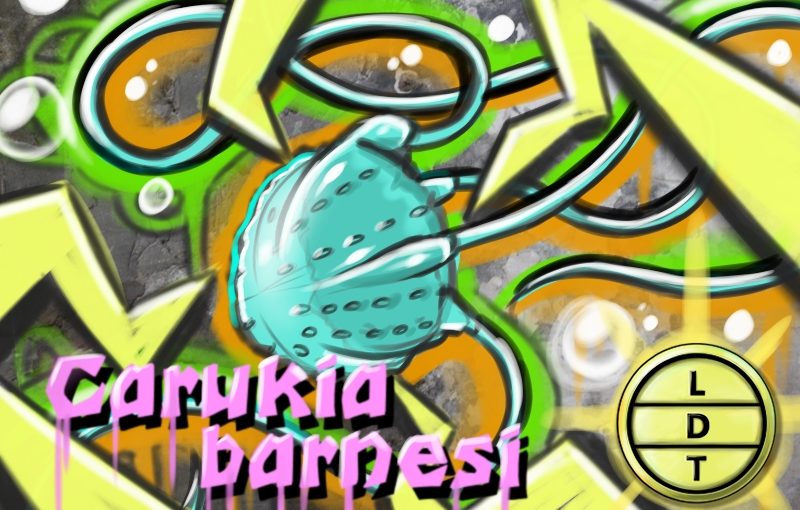
“…And today we’re talking about a smol sea booger with a nasty sting. But more on that later.”
Australia is filled with lots of cute things, and also lots of deadly things. The irukandji jellyfish is that second part, but also a little bit of the first. At about the same size as a match head, these tiny terrors amble about around the waters of Western Australia. Anything or anyone unfortunate enough to brush up against this near-invisible squish bag will find themselves in a world of hurt at best, and a body bag at worst. So be careful in the water, because a cute little jellyfish just might take your Life, Death, and Taxonomy.